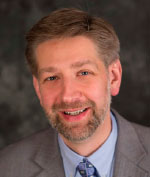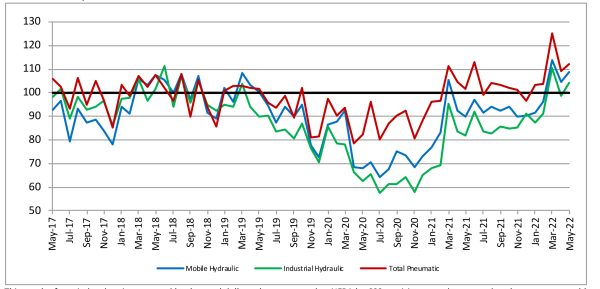NFPA Success Highlights: Education Roadmap
 By Eric Lanke, CEO, NFPA
By Eric Lanke, CEO, NFPA
What did we want to achieve?
The specific objective from our strategic plan reads: “Define a regional strategy for the development of fluid power educational resources, and use to guide fundraising and program placement.” You see, for a while now, NFPA has been funding a series of programs through our Foundation to increase the amount of fluid power that’s being taught in schools around the country. Schools apply for these grants, and a review committee evaluates them and helps decide which ones will have the greatest impact for our industry. That’s all good, but since the process is mostly driven by the quality of the proposal, and since the stronger schools are usually better positioned to submit stronger proposals, we have begun to see grants going to a smaller and smaller subset of schools. And since workforce is what I like to call a “regional phenomenon,” adding more fluid power to schools in a Midwestern state doesn’t always help NFPA members in the Southwest or out West. So we decided that we needed a way to identify regions and schools within regions where support for fluid power education was most needed. Our shorthand way of referring to that objective was the “Education Roadmap.”
What did we do?
NFPA staff spent most of the year researching the problem. The project was led by Carrie Tatman Schwartz, and it began with an analysis of the number of fluid power end-users (using 19 NAICS codes) and NFPA members in each of the 48 continental states. Using this distribution, we split the country into 12 regions of roughly equal size measured by the number of fluid power manufacturers and customers, not by geography.
Next, we looked at the fluid power educational infrastructure that was present in each region. How many Fluid Power Challenge programs were reaching middle school students? How many Project Lead the Way high schools were teaching fluid power? How many 2-year and 4-year colleges were teaching substantial amounts of fluid power? And how many universities had research programs focused on fluid power? This is where the bulk of the investigative work came in and sometimes required hours of combing through school websites and curriculum descriptions to determine the appropriate answers. But in the long run it was worth it, because it yielded the statistics on the depth of fluid power instruction going on in each region.
What were the results?
In many ways, the results were surprising. By going through the process, we discovered many more schools than we were initially aware of that are teaching fluid power to a substantial degree. Those schools will obviously become targets for us to build better relationships with, and we continue to seek ways to enhance the support of teaching fluid power to future engineers and technicians. We were also able to develop a chart showing specific ratios of fluid power education resources to NFPA members in each region.
What’s Next?
As we develop this year’s objectives and action plans for the programs that support fluid power education, we will be taking a close look at the Education Roadmap and making some concrete decisions about where to direct them. Although admittedly comprised of some logical assumptions and estimates, the Education Roadmap is a tool that we can use to ensure that our workforce development programs benefit the widest possible cross-section of our members.






